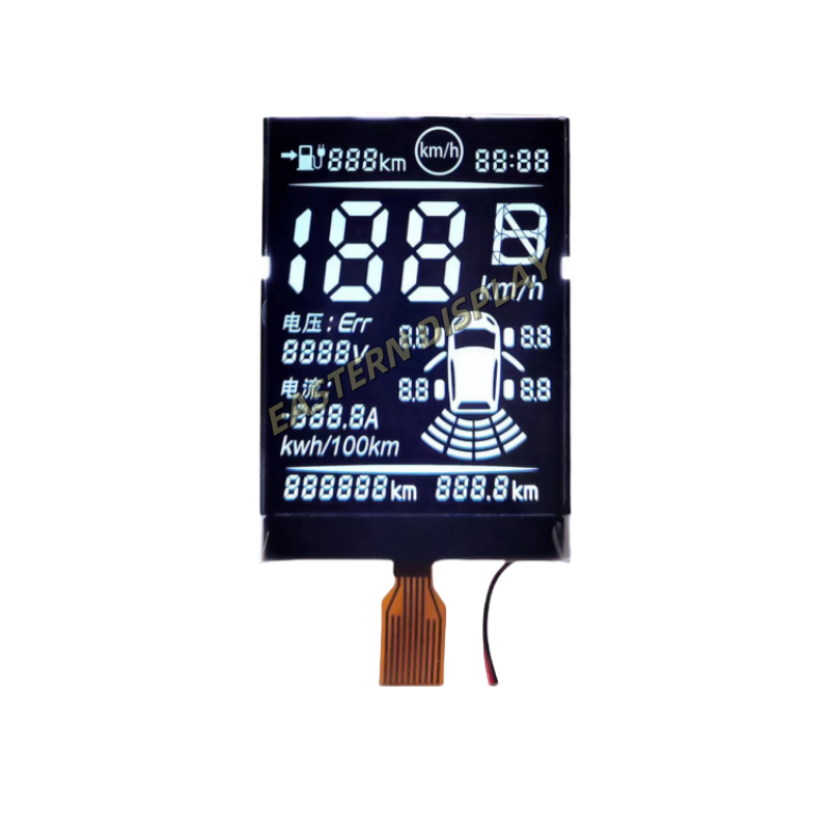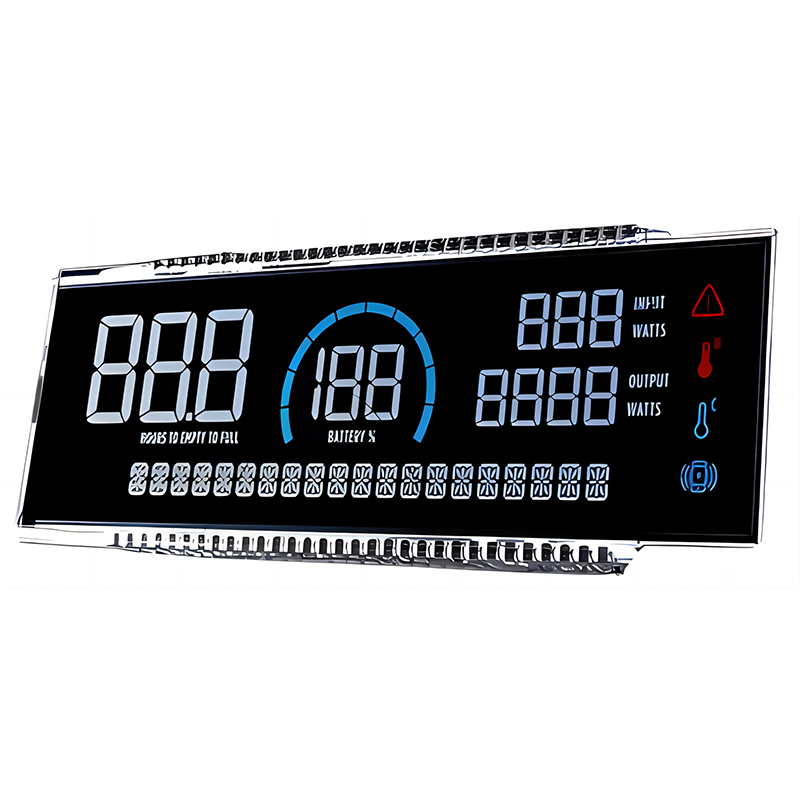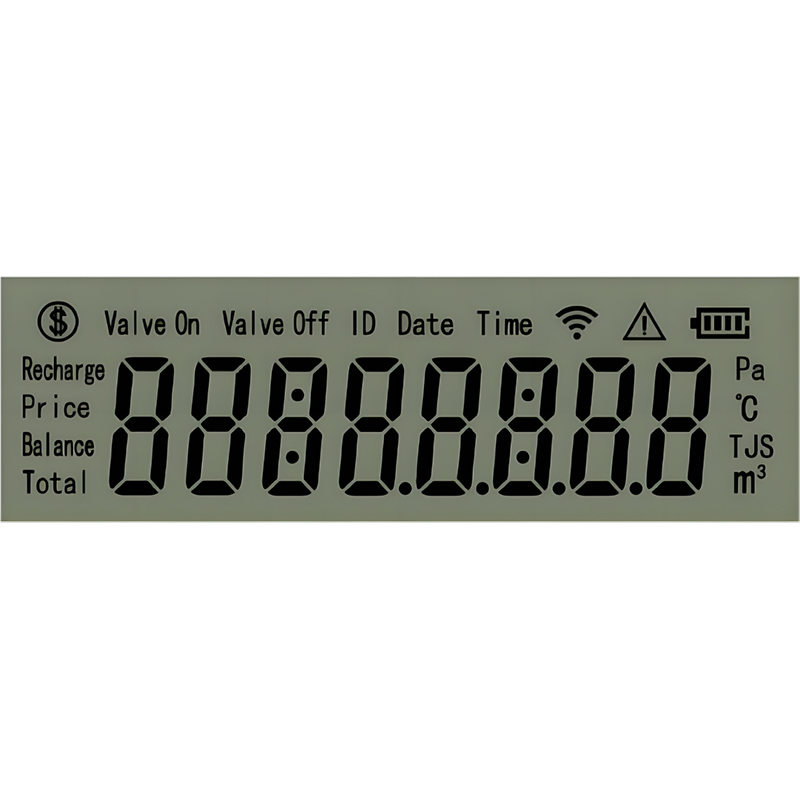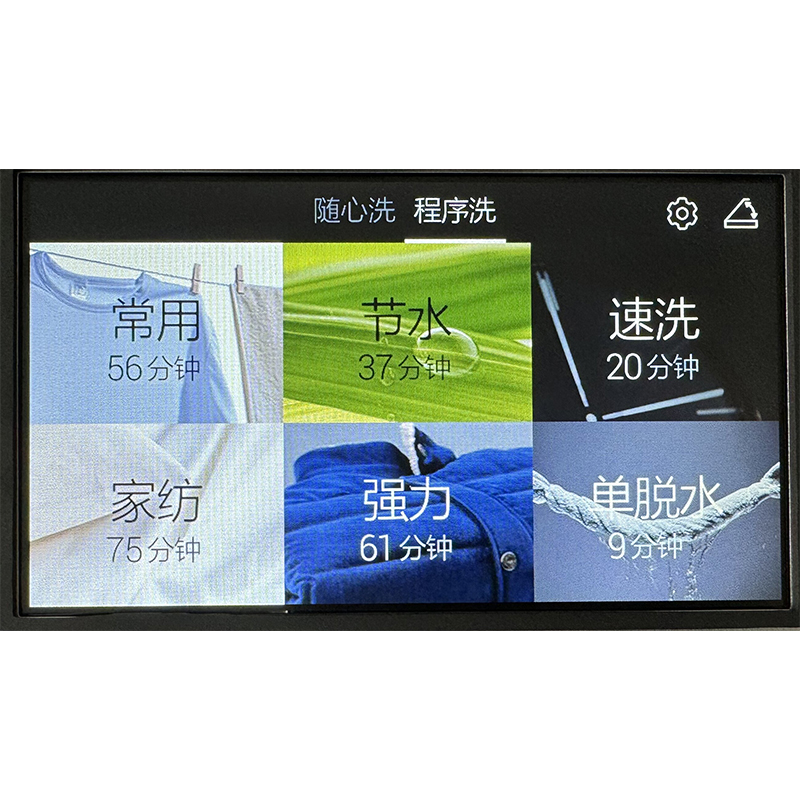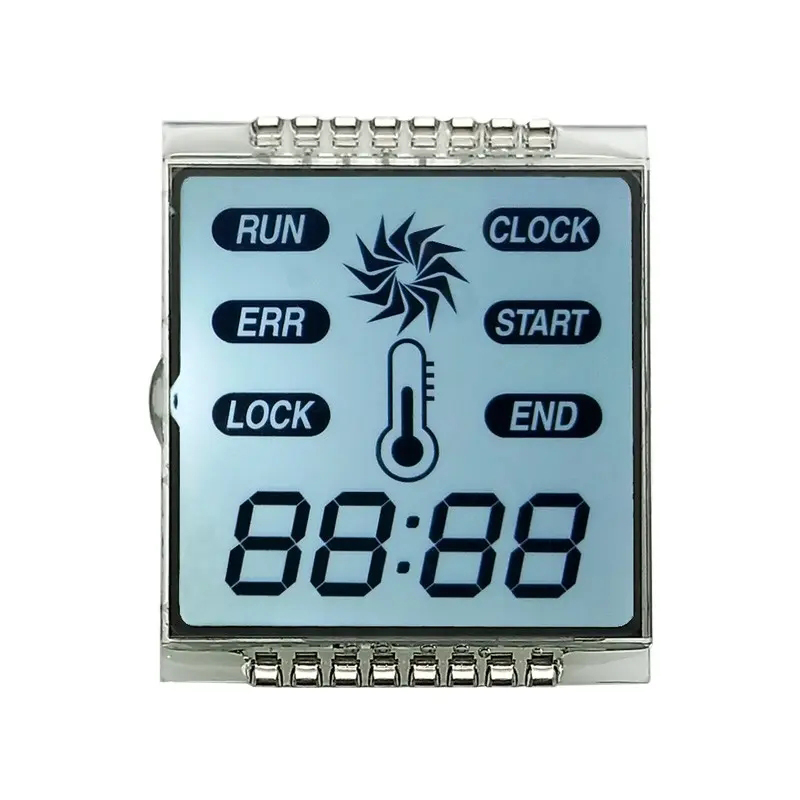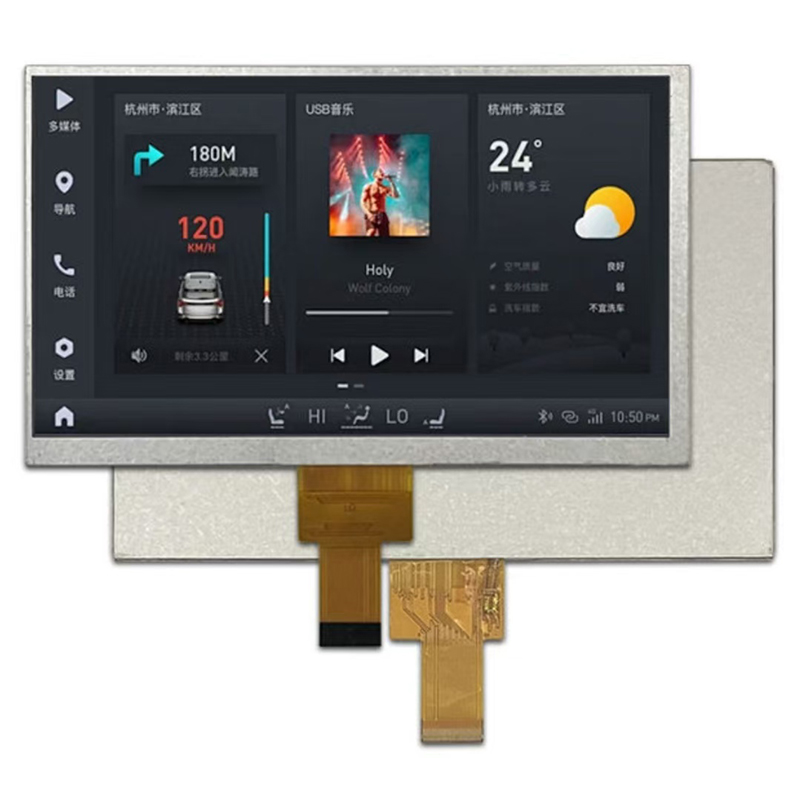
This comprehensive guide explores the world of flexible LCD screens, covering their types, applications, advantages, disadvantages, and considerations for selection. We delve into the technical specifications, highlighting key factors to consider when choosing a flexible LCD screen for your specific needs. Learn about the latest advancements and future trends in this rapidly evolving technology.
Flexible LCD screens, also known as flexible liquid crystal displays, represent a significant advancement in display technology. Unlike traditional rigid LCDs, these screens can be bent, folded, or even rolled without compromising their functionality. This flexibility opens up a wide range of possibilities in various applications, from wearable electronics to large-format displays.
Several types of flexible LCD screens exist, each with its unique characteristics and manufacturing process. Key distinctions include the substrate material used (plastic, glass, or a combination) and the level of flexibility (bendable, foldable, or rollable). The choice depends heavily on the intended application and performance requirements.
These screens utilize a plastic substrate, usually polyethylene terephthalate (PET) or polyimide (PI), offering high flexibility and lighter weight compared to glass-based options. They are often preferred for wearable devices and foldable smartphones due to their durability and lightweight nature. However, they may have limitations in terms of resolution and viewing angles.
These screens combine the benefits of glass's superior optical properties with a degree of flexibility. The glass substrate is typically thinner and more flexible than traditional glass used in rigid LCDs. These screens often offer better image quality and durability than purely plastic-based alternatives, but they are less flexible and generally more expensive.
The adoption of flexible LCD screens is driven by a multitude of benefits:
Despite the advantages, certain limitations exist:
Selecting the appropriate flexible LCD screen involves considering several crucial factors:
The versatility of flexible LCD screens is evident in their broad range of applications:
The field of flexible LCD screens is constantly evolving, with ongoing research and development focusing on improving flexibility, resolution, brightness, and cost-effectiveness. Advancements in materials science and manufacturing techniques are expected to lead to even more innovative and versatile display solutions in the years to come.
| Feature | Plastic Substrate | Glass Substrate |
|---|---|---|
| Flexibility | High | Moderate |
| Weight | Light | Heavier |
| Cost | Lower | Higher |
| Image Quality | Potentially lower | Generally better |
For more information on high-quality flexible LCD screens and related display solutions, visit Dalian Eastern Display Co., Ltd. They offer a wide range of products and expertise in this exciting field.


